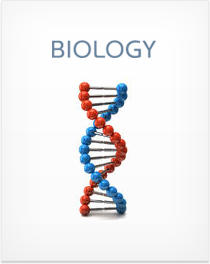The Immune, Lymphatic, and Endocrine Systems
This section covers the following topics
- Innate immunity
- Acquired immunity (T cells and B cells)
- The lymphatic system
- The endocrine system
- Types of hormones
- Important hormones
Section Summary
Innate immunity, which is present in most complex organisms, involves the response of generalized immune system cells to an invasion by pathogens. Macrophages, dendritic cells, neutrophils, eosinophils, mast cells, natural killer cells and complement proteins all provide a generic immune response. In addition to innate immunity, vertebrates (including humans) also have acquired immunity. The first time the acquired immune system encounters a pathogen, the primary immune response is activated. Helper T cells activated by contact with antigens, or identifying structures on foreign cells, rapidly divide to create activated helper T cells (which secrete cytokines and activate B cells, cytotoxic T cells and macrophages) and memory T cells (which “remember” antigens and allow for a quicker response if they are encountered again). B cells, when activated, divide to produce plasma cells and memory B cells. Plasma cells produce huge quantities of antibodies, which mark pathogens for destruction and cause them to clump together. Memory B cells and memory T cells initiate the secondary immune response if the same pathogen is encountered in the future. The secondary immune response is much stronger and faster than the primary response. Vaccination involves the insertion of harmless antigens into people’s bodies, triggering the primary immune response. If the person later actually encounters the pathogen, the secondary immune response will be activated right from the start.
The lymphatic system collects the interstitial fluid (fluid between cells), filters it, checks for infection and then returns it to the body. Lymph vessels carry the fluid, which is called lymph. Periodic lymph nodes contain lymphocytes, which destroy any pathogens and divide when they encounter an infection. This division causes the... Sign up to continue reading The Immune, Lymphatic, and Endocrine Systems >
